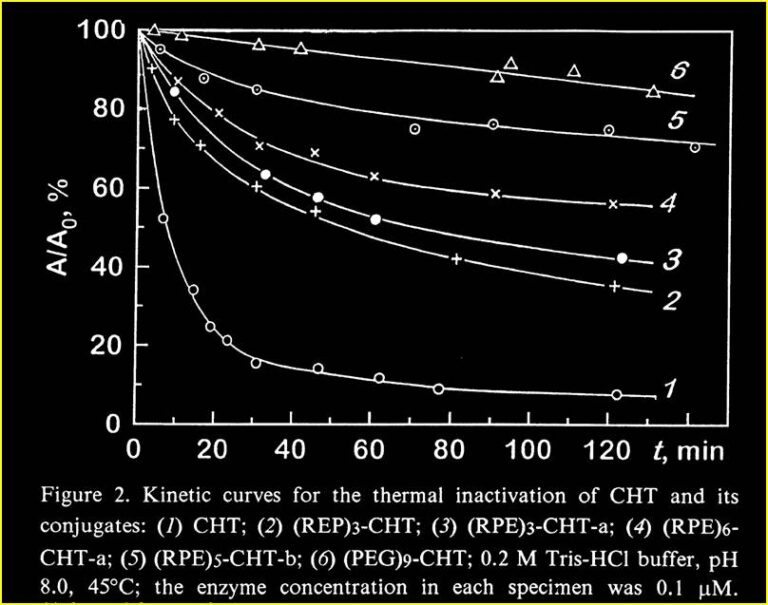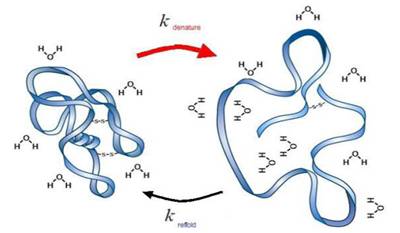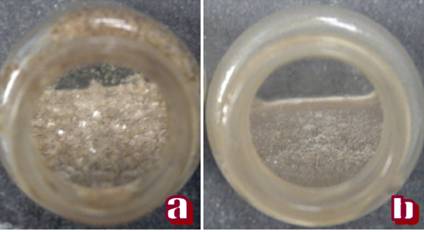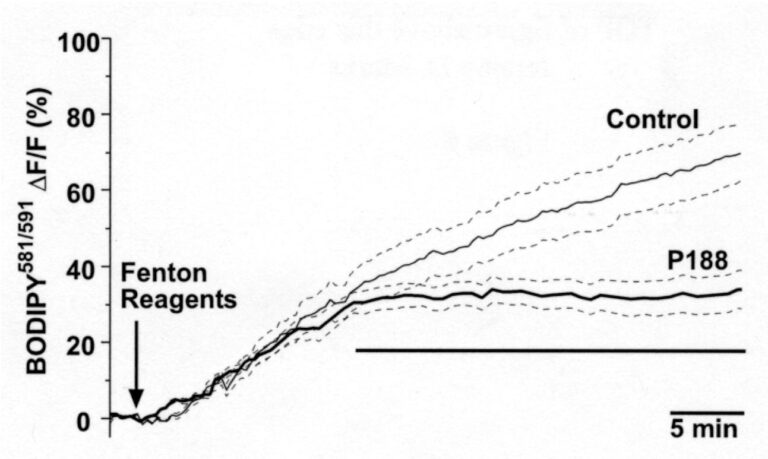Food Preservation Technology
Food Preservation Applications
Preserve meat protein structure
Replace alarming preservatives such as phosphates
Improve retention of flavor and mouth-feel of frozen foods
Extend geographical and temporal range of food delivery
Maroon’s unique food preservation technology relies on protecting protein folding by reorienting water molecules around delicate proteins to prevent aggregation and denaturation. Maroon has the technology to visualize changes in protein structure and hydration to guarantee that molecular chaperones are protecting proteins from everyday environmental damage. By altering water structure surrounding proteins, the melting temperature and unfolding/refolding kinetics are shifted. While this can be accomplished in several ways, what is unique about Maroon’s approach is the capability of selectively altering the conformation of denatured proteins while not altering the conformation and function of normal proteins.




Note pronounced preservation of enzyme activity when poloxamer is present (top traces) compared to enzyme alone (bottom trace).
This translates to a dramatic reduction of the effects of production methods on food. Preserving protein structure keeps food tastier. Preserving cell membrane structure keeps food from wilting while retaining taste and moisture content. Maroon’s technology eliminates the need for phosphate-based preservatives.


Not only does Maroon technology preserve protein structure and function through challenging environmental conditions, but it also reduces superoxide generation, which are formed during freeze-thaw cycles.


Food Applications


Focused, collaborative food research will enable the development of innovative food products and process innovations that will make a major contribution to the well-being and welfare of consumers.
Maroon’s Technology can provide:
- Enhanced food quality
- Enhance food storage
- Extend range for food delievery
- Reduce bacterial invasion
Sustenance
- Commodity
- Price
- Taste
- Tradition
- Basic nutrition
Some of the Research on Maroon’s Pipeline would result in:
- New and effective food-based strategies to optimise:
- Lean body mass in adults, including maintenance of muscle function;
- Immune function and mental performance;
- Healthy gastro-intestinal tract for improved well-being and resistance to diseases;
- Basis of key strategic research areas in food and health: bi-omarker discovery and validation (epidemiology; systems biolo-gy/nutrigenomics; intervention trials).
Basis of key strategic research areas in food and health: bi-omarker discovery and validation (epidemiology; systems biolo-gy/nutrigenomics; intervention trials).
Maroon Biotech’s Patent Position
The concept of molecular repair with surfactant chaperones was developed at the University of Chicago in Dr. Lee’s laboratory. The University of Chicago holds three issued patients related to this technology which were invented by Dr. Raphael Lee. US Patent US 5,470,568 (1995) is a broad enabling patent, covering the fundamental role of P-188 in repairing cell membranes as well as its use in gene transfection and the treatment of radiation injury. The second patent, US 5,605,687 (1997) covers the use of P-188 in treating electrical injury. The final patent is for surfactant therapy for brain and spinal cord injury. This latter patent has issued in several countries and remains pending in the United States.
Additionally Maroon has active US filings and published foreign patents on the combination of surfactant chaperones with additives that dramatically increase their effectiveness. Several of these filings covers the use of Poloxamer in the treatment of brain and spinal cord injury. Finally the company has a vigorous research program directed towards more potent second generation compounds. As Maroon Biotech continues to refine its synthetic surfactant chaperone technology, it will aggressively seek protection for intellectual property with additional patents.
Maroon’s top business development priority is to make wide available therapies that will reduce permanent neurological deficits following brain and spinal cord trauma.
